Pupil labels can be useful. They attract funding, define strategies, and promote a sense of doing the right thing for those who are disadvantaged. But labels are also sticky.
When they become excuses for poor outcomes, they constrain to a point of uselessness.
In his latest book Marc Rowland argues that it is time to redefine what we mean by the term vulnerable or disadvantaged learner – and to widen the lens through which we see these children.
In his view, when we limit our thinking to the label (low ability; on the spectrum; the TA’s table) rather than the learner (this child with these live issues, needs and potential), we reinforce a process in which we default to the lowest common denominator of expectation, of ourselves as teachers and of the learners.
The book helps to humanise the broad range of stories behind the learners we see every day
In his introduction Rowland sets out six guiding principles, ranging from leadership to accountability, which enable excellent outcomes for the most vulnerable learners. He has gathered a pantheon of respected educationists to provide perspective on the culture needed to support this shift.
The result is a well-structured collection of 26 short essays with two main areas of focus: leadership and practical strategies. Each contributor suggests ideas of how to think “harder” and “better” about vulnerable learners, supported with evidence and memorable examples from their own expertise.
We all know it’s time for significant improvement. It is shocking that vulnerable learners fall off a metaphorical cliff when they leave school. Just 6 per cent of adults with learning difficulties are in paid employment; less than half of disadvantaged pupils achieve five good GCSEs. Not a great advertisement for the school system of the past 20 years.
The book helps to humanise the broad range of stories behind the learners we see every day. Some are obvious; many are invisible.
The risk remains that these pupils’ lives can be defined by labels from their childhood, with all the associated low self-esteem and cyclical behaviours. One contributor described the challenge to “training fleas”. Apparently, fleas only jump as high as the lid of the jar they are in. After three days, they can’t jump any higher, even with the lid removed. Sound familiar?
It’s impossible to mention all the ideas in the book. Social mobility, inclusion, exclusion, and overcoming barriers to low expectations are all there, with well-researched new ideas.
The risk remains that these pupils’ lives can be defined by labels from their childhood
One example is the concept of “language poverty”. We may be aware that some children may not always have access to books; did we also know that some have no access to vocabulary? They simply don’t hear as many words in their early years, so they have low confidence in speaking aloud.
The book also provides perspective on “no label” approaches from specific circumstances: alternative provision, where young people have been excluded permanently; teams supporting high-mobility children, looked-after children, or children in care. Families and the wider community are also brought into the discussion. How brave must a parent be, who left school struggling to read himself, simply to attend a parent-tutor meeting? Let alone discuss GCSE options…
The area of identifying vulnerability is important. I’ve spent the past week visiting Jersey listening to newly qualified teachers buzzing with the idea of the Jersey premium (Jersey’s version of the pupil premium) and its focus on the potential of the hardest-to-reach pupils. At my own school, we work with trainee teachers to be “detectives”, leading enquiry around each child. We know there are no magic bullets, no one-size-fits-all solutions or quick fixes for the most vulnerable.
This book helps us to ask the right questions, and provides practical ideas and powerful insight on how to approach the challenge across the widest range of vulnerability.
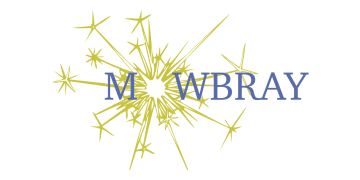

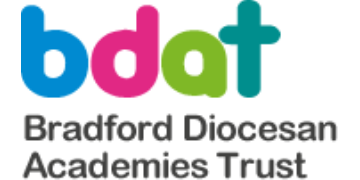

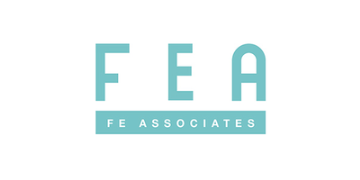


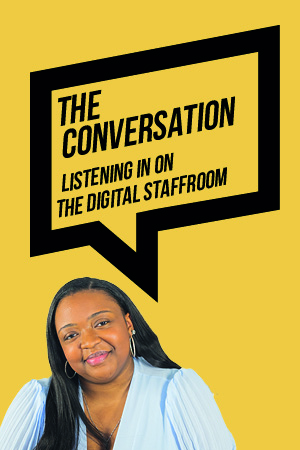
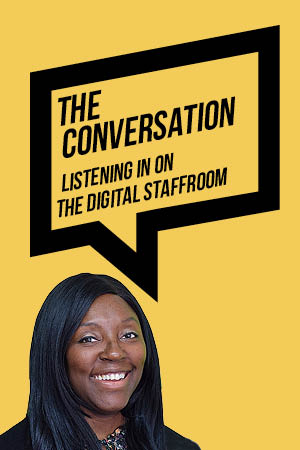

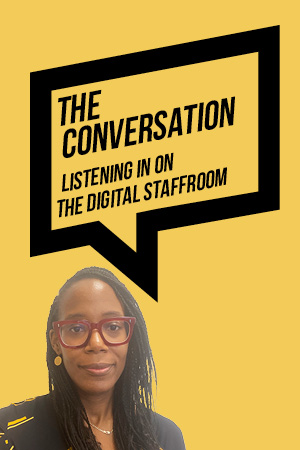
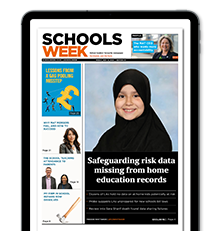
Reading is the key. Phonics can be learned by any choose – it does not correlate with high or even average intelligence – so need to see why these children cannot read and teach them to read.